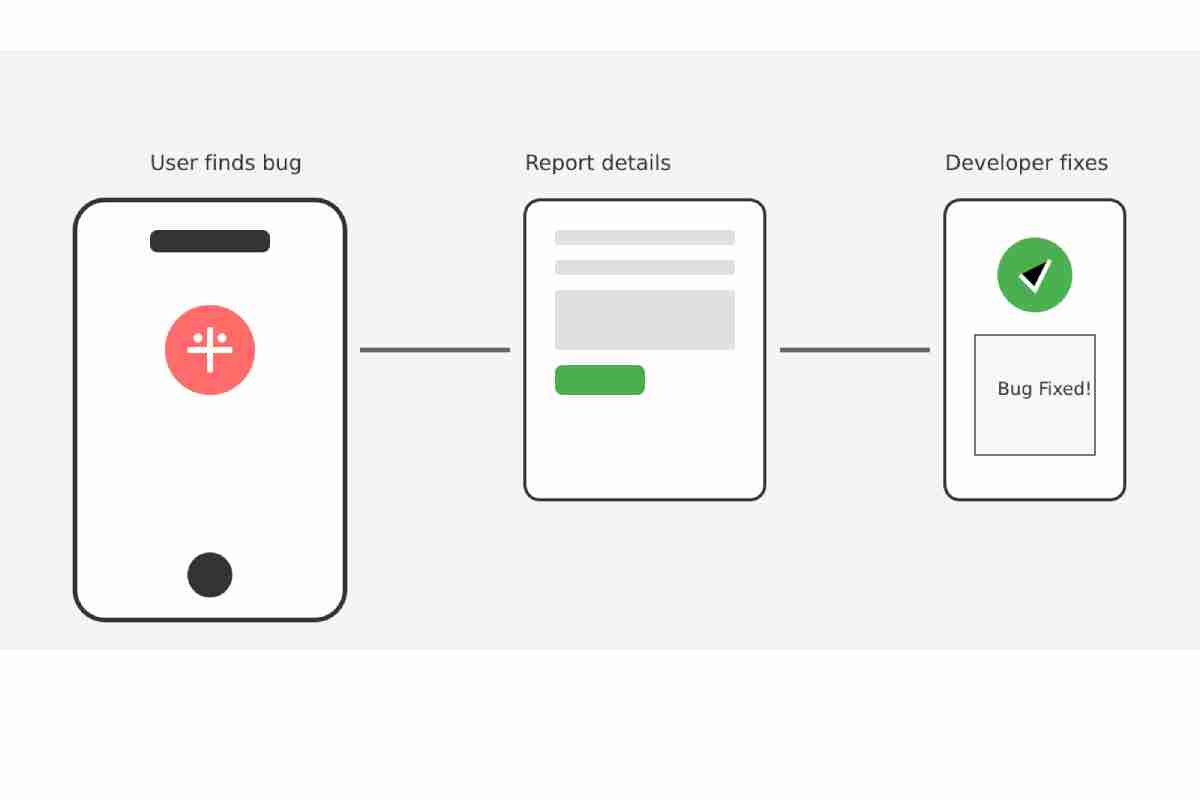Developing a mobile app is no small feat. From crafting intuitive user interfaces to ensuring robust back-end functionality, the process is a blend of creativity and technical precision. Yet, even the most meticulous development teams face the inevitability of bugs. Catching and resolving these issues is critical for delivering a smooth user experience. But mobile apps come with their own set of challenges in testing and quality assurance (QA), making the process of reporting bugs more complex and nuanced than for other platforms.
Here, we’ll explore the unique challenges that arise in mobile app QA and how teams can adapt their bug reporting processes to address them effectively.
Fragmentation Across Devices and Platforms
The mobile landscape is astonishingly diverse. Between Android and iOS, there are thousands of device models, varying screen sizes, and operating system versions to consider. A feature that works flawlessly on one device may break on another due to differences in hardware or software configurations.
This level of fragmentation makes identifying and reporting bugs more intricate. QA teams must ensure they test on a representative sample of devices and environments, prioritizing popular models and OS versions. Tools like device farms or emulators can be invaluable for expanding testing coverage without the need to maintain an extensive in-house device library.
When documenting bugs, teams must specify the device model, OS version, and any other relevant details to help developers reproduce the issue. Without this context, developers risk wasting time trying to replicate a bug in an incompatible environment.
The Complexity of Mobile Network Conditions
Mobile apps often depend on internet connectivity, but network conditions are far from consistent. Users may switch between Wi-Fi and cellular networks, encounter slow connections, or lose connectivity altogether. These scenarios can lead to bugs that are tricky to reproduce in a stable testing environment.
When reporting bugs related to network conditions, QA testers should include details about the type and quality of the connection, such as signal strength or latency. Simulating different network conditions during testing can help identify potential issues early. This ensures that developers can design robust error handling and fallback mechanisms, minimizing disruptions for users.
Touchscreen Interactions and Gestures
Mobile apps rely heavily on touch gestures, such as swiping, pinching, and tapping, which can introduce unique challenges. Misinterpreted gestures or unresponsive UI elements can lead to user frustration, but these issues are often subjective and harder to quantify.
Bug reporting for such cases benefits from tools that allow for annotated screenshots or screen recordings. Visual context helps developers understand the problem more clearly than written descriptions alone. Including steps to reproduce the issue—such as specific gesture patterns or screen locations—also makes it easier to pinpoint the cause.
Compatibility with Third-Party Integrations
Mobile apps frequently integrate with third-party services like payment gateways, location APIs, or social media platforms. While these integrations enhance functionality, they also introduce potential points of failure.
For instance, an app may crash because of an update to a third-party library or API. These bugs can be especially challenging to diagnose since they often stem from code outside the development team’s direct control.
When reporting bugs related to third-party integrations, it’s essential to document the specific interaction that triggered the issue. Was it a payment attempt? A login via social media? Including logs, API responses, or error messages can provide developers with the necessary clues to resolve the problem efficiently.
Battery and Performance Considerations
Users are quick to uninstall apps that drain their battery or lag during use. Performance and battery optimization are critical aspects of mobile app QA but can be challenging to test thoroughly.
Performance-related bugs often manifest under specific conditions, such as heavy resource usage or prolonged app sessions. Reporting these bugs requires detailed information about the app’s state when the issue occurred, such as background processes, memory usage, or CPU activity. Tools that monitor performance metrics can aid in identifying and documenting these issues more effectively.
User-Centric Testing
Mobile apps cater to a diverse audience with varying levels of technical expertise. While developers and testers are familiar with the intricacies of app functionality, end-users are not. As a result, some bugs may only come to light during real-world use.
Public beta testing and user feedback collection are invaluable for uncovering these hidden issues. When users report problems, QA teams should prioritize simplifying the reporting bugs process. Tools that allow users to capture screenshots or describe issues in plain language can bridge the gap between technical teams and non-technical users.
Overcoming the Challenges with the Right Tools
The key to navigating the complexities of mobile app testing lies in leveraging the right tools and processes. Modern bug reporting platforms like BugHerd provide features tailored for mobile environments. With capabilities such as video recording, real-time annotations, and seamless integration with project management systems, these tools make reporting bugs less of a chore and more of an opportunity to improve the app.
Moreover, cross-platform tools can streamline communication between QA testers, developers, and other stakeholders, ensuring everyone stays aligned throughout the development process.
Conclusion
Testing and QA for mobile apps require a unique approach, given the platform’s diverse challenges. From dealing with device fragmentation and network inconsistencies to addressing performance concerns and third-party integrations, every step of the process must be meticulous.
Effective reporting bugs is at the heart of overcoming these hurdles. By providing detailed, contextual information and leveraging the right tools, QA teams can empower developers to resolve issues quickly and efficiently. In doing so, they pave the way for mobile apps that delight users and stand out in a competitive marketplace.


